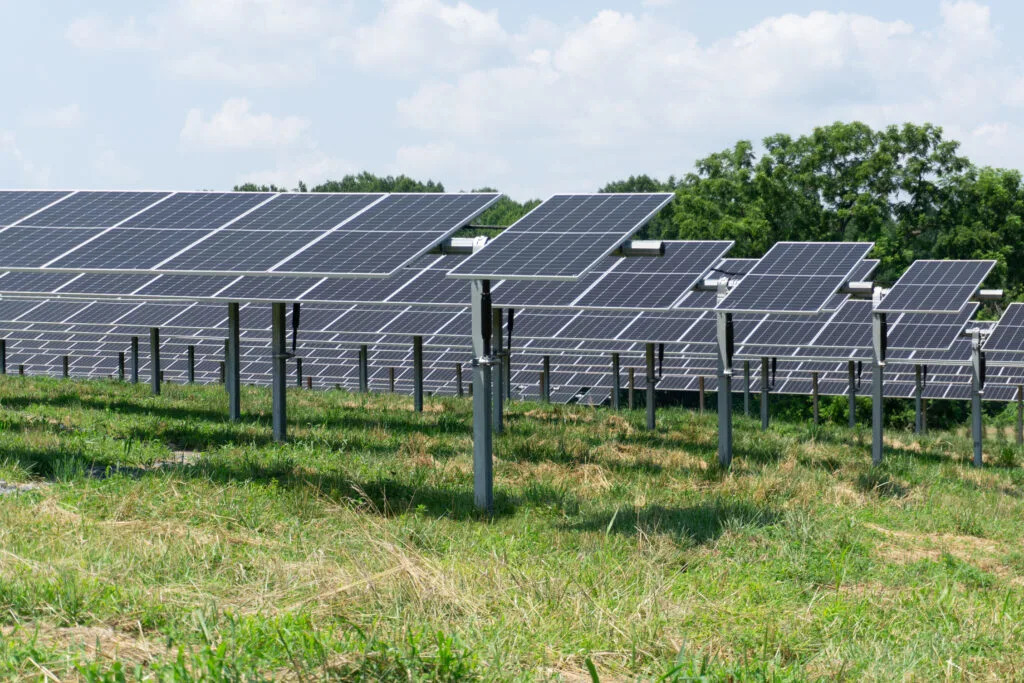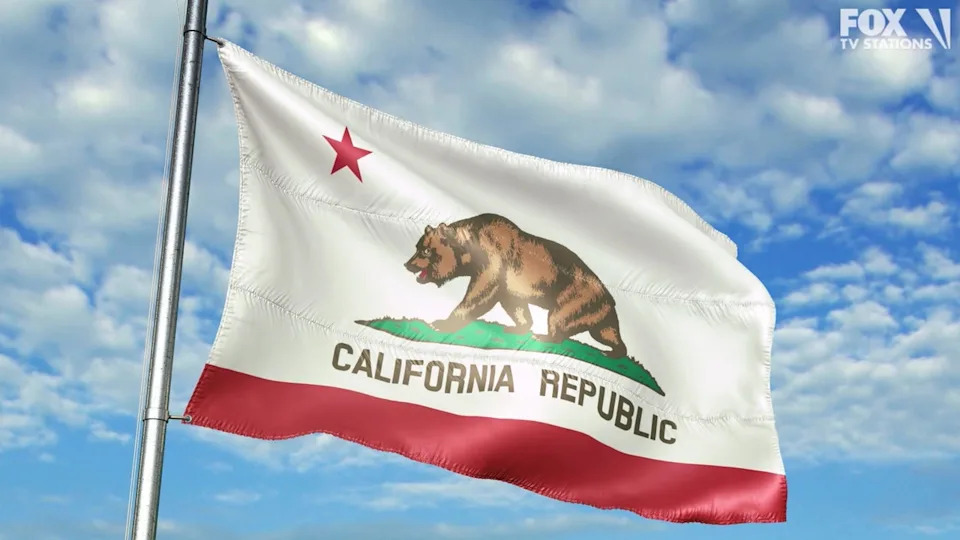
After a decade of urging from clean energy advocates, utility Duke Energy finally has a plan to let its North Carolina customers access detailed information about their electricity use.
Approved by state regulators on July 16, the program has backing from the state customer advocate and the North Carolina Sustainable Energy Association. But critics say unresolved aspects, including the size of the fee Duke charges third parties for data access, will determine its success or failure.
The Duke plan is a step toward solving a common problem for utility customers, large and small: They don’t have ready access to complete, granular information about their energy use or an easy way to share that data with others. That can complicate decarbonization efforts for a range of consumers, from households that want rooftop solar to cities aiming to shrink their carbon footprints.
The city of Charlotte, for instance, owns one of the world’s busiest airports, which it aims to power entirely with clean energy by the end of the decade. But dozens of private entities within the facility have electricity accounts, so city officials don’t know exactly how much power the entire complex uses — or how much renewable energy they need to meet their target.
At the other end of the size spectrum, individuals considering energy-efficiency improvements, rooftop solar panels, or switching to a heat pump often don’t have a full picture of when their energy use peaks or which appliances gobble up the most power.
Limited access to energy-usage data is hardly confined to Duke, said Michael Murray, who cofounded the nonprofit Mission:data after realizing that getting usage data in his home state of California was like pulling teeth.
“California actually had the first policy on this in the country in 2013,” Murray said, thanks in part to his group’s advocacy. Now, Mission:data engages with utilities commissions in about 10 states every year. “To date, we've gotten policies in place for about 41 million electric meters in the country. Not all the policies are perfect,” he said. Referencing the freshly approved Duke plan, he added, “this is certainly one of those.”
Like North Carolina-based advocates, Mission:data has been cajoling Duke for better data access for years. And though the group declined to endorse the proposal put forward in November by the utility, in-state advocates, and others, Murray doesn’t question the rationale of those who backed it.
“It does make some progress for the communities who are interested in energy benchmarking,” he said.
That’s especially welcome under the Trump administration, which has created countless new barriers to adopting clean energy. With the November proposal now blessed by regulators, communities and individuals alike are better equipped to take advantage of what federal climate programs still exist — and to decarbonize in general.
“There are still some [climate programs] that are absolutely out there that are moving forward,” said Ethan Blumenthal, regulatory and legal counsel for the North Carolina Sustainable Energy Association.
For example, North Carolina’s federally funded $156 million Solar for All program, called EnergizeNC, is intended to help low-income customers put rooftop panels on their homes. Improved data access will enable them to right-size those installations.
“[The state is] still dotting a lot of I's and crossing T's on program design,” Blumenthal said, “so this data access capability could be very useful.”
Individual customers contemplating solar or high-efficiency appliances like heat pumps can still access a 30% federal tax credit, though only until the end of this year.
Aggregate data that shows the combined energy use of multiple utility customers can help cities like Charlotte administer a new state law that allows commercial building owners to borrow money for renewable energy and energy-efficiency upgrades and pay it back on their property tax bills.
“We do have a lot of large buildings with multiple tenants,” Aaron Tauber, Charlotte’s sustainability analyst, said last fall when the access program was first proposed. “I’m just really excited for these building owners to really — for the first time — gain an understanding of how their buildings are using energy.”
Granular details about energy use at 15-minute intervals are also helpful for customers as Duke and other utilities across the U.S. experiment with time-of-use rates and virtual power plants. Virtual power plants are networks of rooftop solar, home batteries, and other distributed energy resources that utilities can manipulate to support grid reliability at large, while time-of-use rates are electricity charges that vary over the course of the day to nudge energy use to periods of low demand.
“Duke has been making this big push to time-of-use rates,” Blumenthal said, noting that the utility just got a pilot program approved to encourage customers to charge their EVs overnight, when the grid is typically less strained.
But certain features of the new data access program remain unsettled, and the devil could be in those details, says Murray.
Customers can receive two years of their own individual data for free. But Murray worries that regulators will allow Duke to charge exorbitant access fees for aggregated data or to third parties, which would undercut the program.
“Authorized third parties will be charged ‘commission-approved fees’ — but these will be determined later, and could be anything,” he said. “Maybe if the fees are $3, this is fine, but what if they're $100 or $200?”
In the latter case, third parties would be more likely to resort to “screen-scraping,” a practice that’s illegal at worst and inefficient at best, whereby energy service contractors obtain usage data by combing through customers’ online account profiles with their usernames and passwords.
What’s more, Murray said, “third parties must meet Duke's ‘cybersecurity risk assessment,’ which is unknown and could be unilaterally changed at Duke's whim, creating business uncertainty. There is also the risk of Duke discriminating against third parties and accepting some while rejecting others.”
Time is of the essence. Duke has pledged to implement the rules within 18 months — a promise underscored by the recent order from the Utilities Commission.
Asked when Duke planned to submit proposed fees and cybersecurity standards, Duke spokesperson Logan Stewart said it “will file a plan with the Commission within 30 days of the order, which details the … plan for implementing the data sharing functionality.”
That means a more fleshed-out proposal could come in mid-August, and Mission:data will be watching.
“This is not the utilities’ proprietary business data that they can hide from disclosure,” Murray said. “This is the customer's data. They own their data. And they should be able to exchange that with whoever they want, even if the utility is not happy about that.”







Comments